Pronator Teres Syndrome: The Overlooked Cause of Forearm Pain and Hand Numbness
If you’ve been feeling numbness or tingling in your thumb, index, or middle finger — especially after gripping, typing, or lifting weights — you might immediately think “carpal tunnel.” But there’s another condition that often flies under the radar: Pronator Teres Syndrome (PTS).
At Vertical Chiropractic® Sarasota, we often see patients misdiagnosed with wrist problems when the real issue lies higher up — in the forearm, where the median nerve gets compressed as it passes between the two heads of the pronator teres muscle.
🔍 What Is Pronator Teres Syndrome?
Pronator Teres Syndrome is a compression neuropathy of the median nerve in the forearm. This nerve supplies sensation to part of the hand and controls several key muscles of the forearm and hand.
The pronator teres muscle — responsible for turning your palm downward (pronation) — can become tight, overused, or injured, leading to nerve irritation. Unlike carpal tunnel syndrome, which compresses the nerve at the wrist, PTS occurs in the upper forearm and can cause pain that radiates from the elbow to the hand.
💪 Common Causes
Pronator Teres Syndrome can develop from:
Repetitive forearm movements (especially pronation and gripping)
Weightlifting or manual labor
Poor wrist and elbow mechanics
Postural strain from desk work or typing
Previous trauma or swelling in the forearm
Overuse syndromes in athletes (golfers, tennis players, pitchers)
⚠️ Symptoms to Watch For
Typical symptoms of Pronator Teres Syndrome include:
Aching pain in the forearm or elbow crease
Numbness or tingling in the thumb, index, and middle fingers
Weak grip strength
Increased discomfort with pronation (turning the palm down)
Pain that does not improve with wrist braces — distinguishing it from carpal tunnel syndrome
🧠 How Gonstead Chiropractic Helps
In the Gonstead system, we never guess — we analyze. Through precise motion palpation, nerve tracing, and digital X-ray evaluation, we determine if the median nerve irritation is coming from the cervical spine, the elbow, or distal forearm.
At Vertical Chiropractic® Sarasota, we address Pronator Teres Syndrome through:
Specific Gonstead adjustments to the cervical spine and elbow joint
Soft tissue work on the pronator teres, flexor muscles, and fascia
Nerve mobility exercises to restore median nerve glide
Postural correction and ergonomic coaching for long-term relief
Many of our patients notice significant improvements once the true source of the nerve pressure is corrected — often eliminating the need for unnecessary surgery or medications.
📸 X-Rays and Structural Evaluation
We use structural X-rays to analyze the elbow and cervical spine for any subluxations or biomechanical faults that could contribute to median nerve tension.
For example:
A posterior lateral radial head misalignment can increase pressure at the pronator teres insertion.
A lower cervical subluxation (C5–C6) can add tension along the median nerve pathway.
By correcting these at their source, we restore proper alignment and build your foundation for long-term nerve health.
🌴 Don’t Let Nerve Pain Hold You Back
If you’re in Sarasota and experiencing unexplained forearm pain or hand tingling, schedule a comprehensive evaluation today. The right chiropractic care can make all the difference between chasing symptoms and fixing the problem at its root.
📍 Vertical Chiropractic® Sarasota – Building Your Foundation
🌴 Located in the heart of Sarasota, Florida
📞 Call or Text: (941) 413-5099
💻 Visit: www.VerticalChiroFlorida.com
📅 Book your appointment today and start building your foundation for better health and performance.
